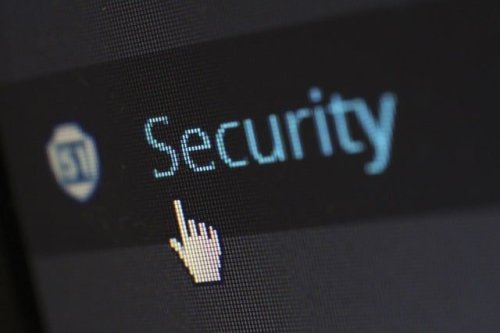
Making software that helps people is one of the most rewarding technology jobs that exist in the world today. As fun and helpful as software creation may be, it’s never going to pay off in the end if you don’t secure that software from the millions of security threats that exist in the world (and that’s an optimistic number, not a real one). Businesses that use software also have to make sure that the information they use it for is completely secure. How do you secure a software?

1. SQL Injection Security
SQL injection through your database is going to be one of the chief ways attackers try to access and demolish your software. They inject malicious SQL into a dynamic SQL statement and suddenly everything is haywire. These attacks are sadly very common, but there’s something optimistic you can take away from that. Because you’re going to see these attacks a lot, there are many ways to guard against them. Parameterize your SQL statements always when you’re creating or using any type of software.
2. Encoding Data
Data should always be encoded. There are many tools that can help you encode your data without having to do all the work by yourself. Others will simply make the work easier to do (if you’re familiar with encoding). By encoding your data, you reduce the risk of SQL attacks.
3. Validate Input Data
Don’t store input data unless you validate it first. Parameters, HTTP headers, cookies, files, and anything else that is external to your program is going to need to be validated to make sure that it isn’t bringing something malicious into your environment remotely. If it’s remote, it’s a threat.
4. Control Access
Who’s going to access your software and how they’re going to behave while they’re accessing it needs to be sternly controlled by an upfront set of rules that are strictly enforced by your technology. There’s a “Deny by default” rule that pretty much ensures you’re going to have stiff control over the folks who finally get through to the software and your network. Unless they meet all of your rules, they need to be denied access.
5. Authentication system
Your software has to have an authentication management system that’s rock solid and tough. Sessions should also be tightly controlled, depending on the type of program it is. If you want the tightest, most secure system possible, multi-factor authentication systems are the best way to go. Storing passwords needs to be more these days than just storing them, and there are many ways you can go about storing those passwords. There are many algorithms you can use to disrupt things and make them more secure from attackers.
6. Data and Privacy
The three big things surrounding data and privacy are access control, auditing, and encryption. Most people have a passing familiarity with encryption, but when you’re creating a software, you can’t forget the first two as well. Things like authentication are part of access control. It’s also important to remember not to store data in temporary files. Open source intelligence is one area where data and privacy are paramount.
7. Handling Errors
When something goes wrong in a software program, it’s an opportunity for an attacker to find a way in, and this can be one of the chief ways you can destroy the software’s secure environment, at least temporarily. The better you handle errors on your software, the better you’re going to keep out those vile attackers trying to take your software down. Sometimes your error messages can give attackers a clue as to how to get through your system. Don’t get too detailed.
8. Intrusion Detecting
When logging is done properly, it can really help you detect any intrusions that someone has made on your software. That’s exactly what you want. With a better, more detailed logging you’re going to have greater opportunities to see if there have been outside sources that mean you harm trying to access your network.
9. Know Your Strengths
There are so many tools to use when developing software and implementing it. Those security measures, done automatically, should always be a part of your plan. Your application framework will have many built-in tools to use. Make sure you take advantage of all of them. You can never be too safe.
10. Security Testing
Even when you’re developing a software, you can test it as you go. There are never too many tests involved here. It can be automated as you go along to alert you to problems from the get-go.
All of these things will enable you to build a more stable and secure environment for your developers and your end-users. If you get one thing wrong, it’s never too late to correct it (in the long run).